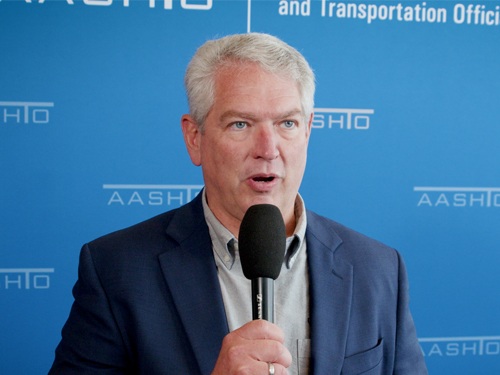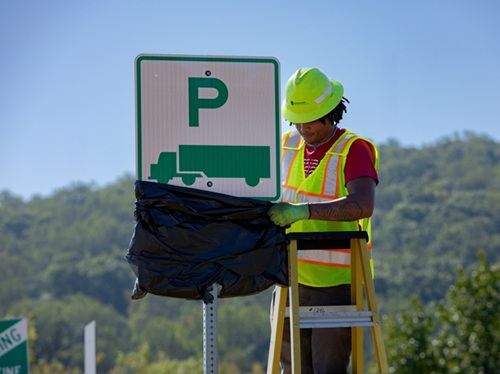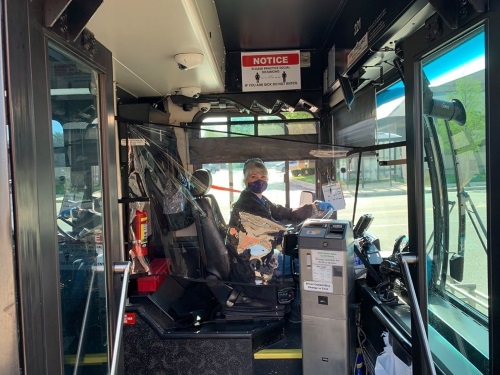A new report issued by consulting firm EBP US Inc. estimates that public transit agencies will need an additional $23.8 billion in emergency aid to cope with the fallout from the COVID-19 pandemic. This is in addition to the $25 billion in relief funds provided by the $2 trillion CARES Act passed on March 27.
[Above photo by the Federal Transit Administration.]
“The $25 billion … was a lifesaver for public transit services but we now have a more complete picture of the extraordinary and devastating impact,” noted Paul Skoutelas, president and CEO of the American Public Transportation Association in a statement.

“These additional funds are critical to continue serving essential workers and make sure that we can help get our country back to work and to other activities that are so important for our economic recovery,” he said.
EBP’s economic analysis indicates that, due to the virtual shutdown of the nation’s economy caused by the COVID-19 pandemic, U.S. transit agencies are facing an overall funding shortfall of $48.8 billion between the second quarter of 2020 through the end of 2021.
Even with the infusion of $25 billion provided by the Congress via the CARES Act, transit agencies will still face a shortfall of $23.8 billion through the end of 2021, the five-page report said, as national transit ridership and fare revenues are down by 73 percent and 86 percent, respectively, in April 2020 compared to April 2019.

Further, decreased transit capital spending across the country may result in the loss of 37,000 construction jobs in 2020 and 34,000 jobs in 2021 due to project delays and cancellations.
“When the economy begins to recover, transit agencies will still be challenged with severe fiscal constraints,” EBP noted in its report. “These constraints stem from: social distancing requirements that reduce vehicle capacity; increased costs of facility and vehicle cleaning and disinfection; and some displacement of ridership resulting from greater acceptance of decentralized work locations adopted during the pandemic.”
For those reasons – assuming the economy recovers in line with current epidemiological projections and related unemployment level forecasts – EBP said in its report that ongoing depressed ridership translates to quarterly transit revenue gaps ranging between $4.2 billion and $8.1 billion through the end of 2021.
 Nation
Nation
WVDOT Profiled in Latest State DOT 2-Minute Update
October 10, 2025 Nation
Nation

